Sick of Heartburn? Your Practical Guide to Taming the Flame
I’ve spent years in the health and nutrition world, and if there’s one complaint I hear over and over, it’s about heartburn. People describe it as a fiery feeling in their chest, a sour, acidic taste in the back of their throat, or just a constant, nagging ache after eating. It’s frustrating, and it often leaves you thinking you have to ditch every food you love. But honestly, it’s not about finding some magic cure.
In this article
It’s about understanding what’s going on inside your body and making smart, consistent changes that actually work in the real world. This isn’t just a list of things to try; it’s a game plan for getting relief and keeping the fire out for good.
In Pain Right Now? Try These Quick Wins
Before we dive deep, if you’re feeling that burn right now, here are a few things you can do immediately:
- Fix your posture. Seriously, just stand up. Gravity is your best friend here, helping to pull everything back down into your stomach where it belongs. Slouching on the couch makes it way too easy for acid to travel uphill.
- Loosen your belt. Anything tight around your waist—be it a belt, snug jeans, or shapewear—is squeezing your stomach and can push acid up. Give yourself some breathing room.
- Chew some gum. Grab a piece of sugar-free gum (but NOT mint-flavored, as mint can make it worse for some). Chewing stimulates saliva, which is your body’s natural acid neutralizer. It also makes you swallow more, physically washing the acid back down.

So, What’s Actually Causing the Burn?
To fix the problem, you first have to understand it. Heartburn is just the symptom; the real issue is acid reflux. It’s what happens when your stomach contents decide to take a road trip back up into your esophagus—the tube connecting your throat and stomach.
Your body has a pretty smart little gatekeeper between your esophagus and stomach. It’s a muscular ring called the lower esophageal sphincter (LES). Think of it like a one-way door. It opens to let food in, and then it’s supposed to slam shut to keep it all down.
But sometimes, that valve gets a little lazy. It might be weak or just relax when it shouldn’t. When that happens, potent stomach acid can splash upward. Your stomach lining is built like a tank to handle this acid (which has a pH between 1.5 and 3.5!), but your esophagus? Not so much. Its lining is delicate, and when acid touches it, you feel that all-too-familiar burn.
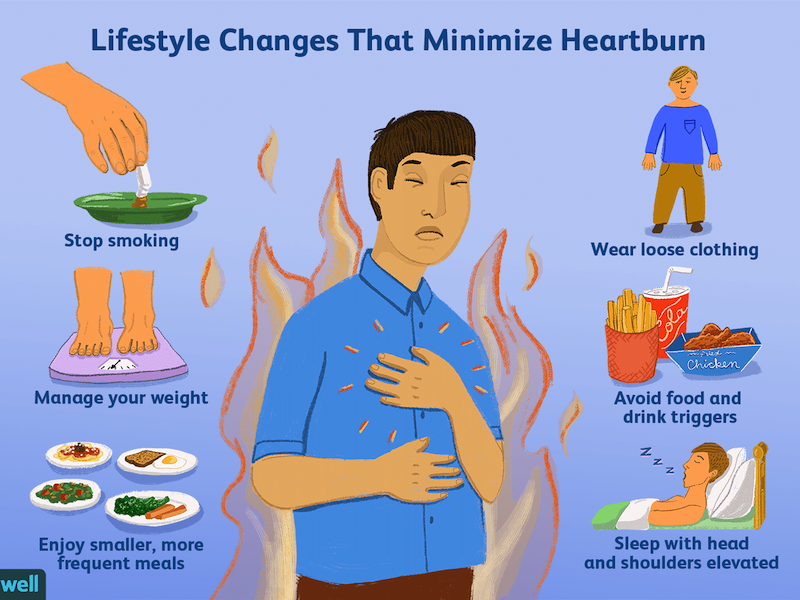
Every single strategy for managing heartburn is designed to do one of three things: make your stomach produce less acid, help that LES valve stay shut, or get any escaped acid out of your esophagus faster.
Become a Detective: Finding Your Personal Triggers
You’ve probably heard that spicy food or coffee can cause heartburn, but triggers are incredibly personal. Your trigger might be my harmless snack. The best way to figure this out is to keep a simple food and symptom diary for a couple of weeks.
It’s easier than it sounds. Just grab a notebook or use the notes app on your phone. For each meal or snack, jot down:
- The Time: When did you eat or drink?
- The What: Be specific! Not just “salad,” but “salad with vinaigrette dressing.”
- The Feeling: Note any symptoms, when they started, and give them a severity score from 1 (barely noticeable) to 10 (miserable).
After a week or two, you’ll have real data, not just guesses. You’ll start to see patterns emerge. Most triggers fall into a few common categories:
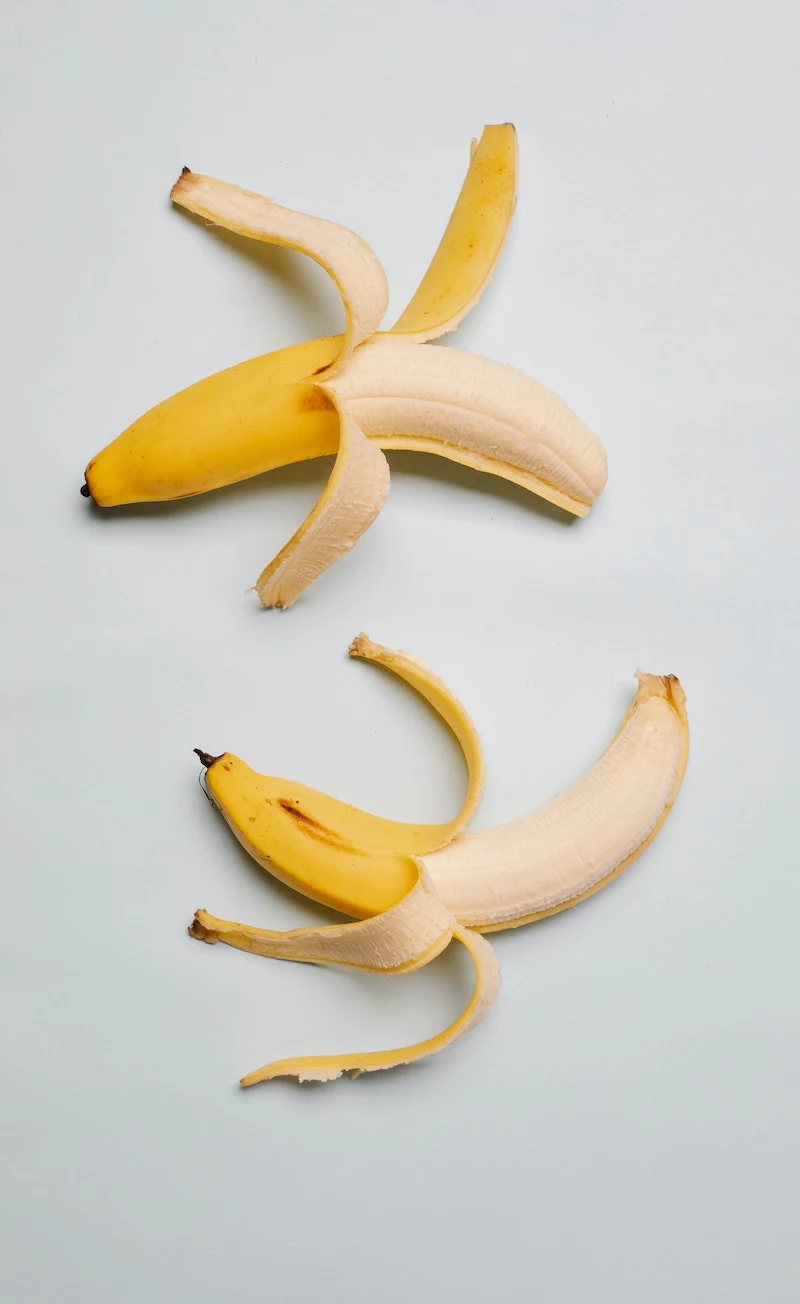
- Foods That Relax the Valve: Some foods just seem to lull that LES muscle to sleep. The biggest culprits are often high-fat foods (think fried chicken or cheesy pizza), chocolate, peppermint, caffeine, and alcohol. Fatty foods also take longer to digest, leaving more food in your stomach for longer, which increases the odds of a backup.
- Directly Acidic Foods: Things like citrus fruits (oranges, grapefruit), tomatoes, and many vinegar-based salad dressings can be a problem. They might not cause the reflux itself, but they can seriously irritate an already-inflamed esophagus.
- Pressure-Builders: Carbonated drinks are a huge one here. All those bubbles release gas, increasing pressure inside your stomach and pushing against the valve. Huge meals do the same thing by simply overfilling the tank.
- Lifestyle Habits: Oh yeah, your daily habits matter. A LOT. Eating too fast, not chewing thoroughly, and lying down within three hours of a meal are classic mistakes. Carrying extra weight, especially around the belly, puts constant physical pressure on your stomach. Even that tight pair of pants can be a contributor.
- A Note on Exercise: While moving is great, some exercises can trigger reflux. Anything that involves crunching your abs or puts a lot of jarring pressure on your core, like high-impact running, can be a problem. Better bets? Try walking, swimming, light jogging, or gentle yoga.
- Smoking: I can’t say this strongly enough. Smoking wrecks your digestive health. It directly weakens the LES muscle, dries up your protective saliva, and can even ramp up stomach acid production. If you smoke and have heartburn, quitting is one of the most powerful moves you can make.

Putting Out the Fire: What to Do in the Moment
When you’re hit with a sudden attack, you want fast relief. Here are a few reliable methods, along with some important warnings.
First, remember what we said about posture? Gravity is key. If heartburn strikes at night, you need to elevate your whole upper body. Propping your head up with extra pillows is a common mistake that just kinks your neck and can actually increase pressure. The pro move is to lift the entire head of your bed by 6 to 8 inches. You can buy bed risers online or at stores like Walmart or Target for about $15 to $30. They’re much safer and more stable than a stack of books!
Next up is the old-school baking soda trick. It’s a base, so it neutralizes acid on contact for super-fast relief. But please, use this with extreme caution. Mix no more than a half teaspoon into a small glass of water and drink it slowly. Heads up! Baking soda is loaded with sodium, which is a no-go if you have high blood pressure or kidney problems. It also creates gas, which can be uncomfortable. Think of it as a fire extinguisher for a true emergency, not your daily fire prevention plan.
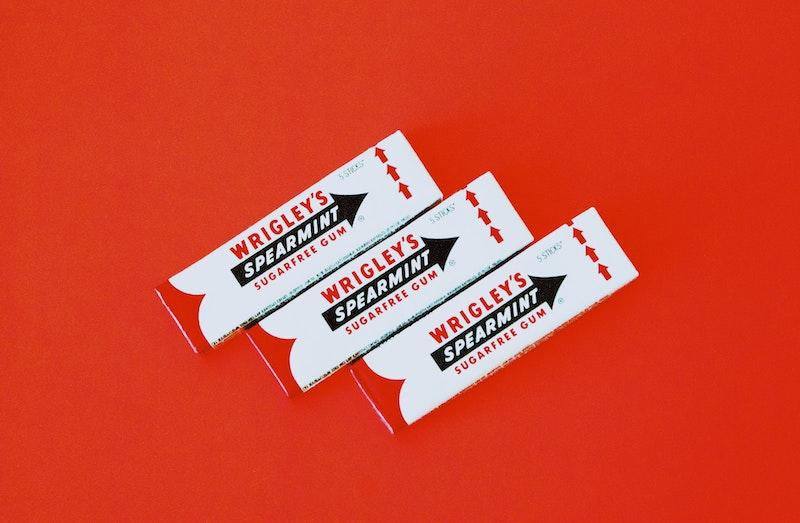
A surprisingly effective tool is a simple stick of sugar-free gum. As we mentioned, chewing ramps up saliva production to both neutralize and wash away acid. Some research has shown that chewing gum for 30 minutes after a meal can make a real difference.
The Long Game: Building a Reflux-Proof Lifestyle
Lasting relief comes from preventing the fire, not just putting it out. This means making a few thoughtful shifts to your daily routine.
Rethinking Your Plate: Foods That Soothe
Your goal is to build your diet around foods that are easy to digest and won’t cause trouble. Here are some all-stars:
- Ripe Bananas: A ripe banana is alkaline and can help balance stomach acid. Key word: RIPE. Unripe, green bananas are starchy and can be a trigger for some people.
- Oatmeal & Whole Grains: Oatmeal is fantastic. It’s a whole grain that actually absorbs stomach acid. Other great choices include brown rice, whole-wheat bread, and couscous.
- Ginger: A go-to for digestive wellness for centuries, ginger has natural anti-inflammatory properties. My favorite way to use it is in a simple tea. Just slice 3-4 nickel-sized pieces of fresh ginger root, pour hot water over them, and let it steep for 5-10 minutes. A little fresh ginger in your cooking is great, too, but be careful with super-concentrated ginger candies or supplements, as they can sometimes backfire.
- Lean Proteins: Stick to baked, grilled, or broiled chicken, turkey, and fish. Skip the deep fryer, as fatty, fried foods are a major trigger.
- Aloe Vera Juice: This can be incredibly soothing, but you have to buy the right kind. Look for a juice made for internal use, where the laxative component (aloin) has been removed. A client of mine once drank it straight from a garden plant and got very sick! Look for trusted brands like George’s or Lily of the Desert at health food stores. A small amount, maybe a half-cup, before a meal can be helpful.

A Sample Reflux-Friendly Day
Wondering how to put it all together? A good day of eating might look something like this:
- Breakfast: A bowl of oatmeal made with water or almond milk, topped with a sliced ripe banana and a sprinkle of cinnamon.
- Lunch: A grilled chicken salad with non-citrus veggies (like cucumber, carrots, and lettuce) and a light, non-vinegar dressing.
- Snack: A handful of almonds or a few melon slices.
- Dinner: Baked salmon with a side of steamed green beans and brown rice.
See? It’s not about deprivation; it’s about making smart swaps.
The Apple Cider Vinegar Debate: A Word of Warning
You’ll see apple cider vinegar (ACV) hailed as a miracle cure online. The theory is that for a very small number of people, reflux is caused by too little stomach acid, which leads to poor digestion and a faulty signal to the LES valve. For them, a little diluted ACV might help.
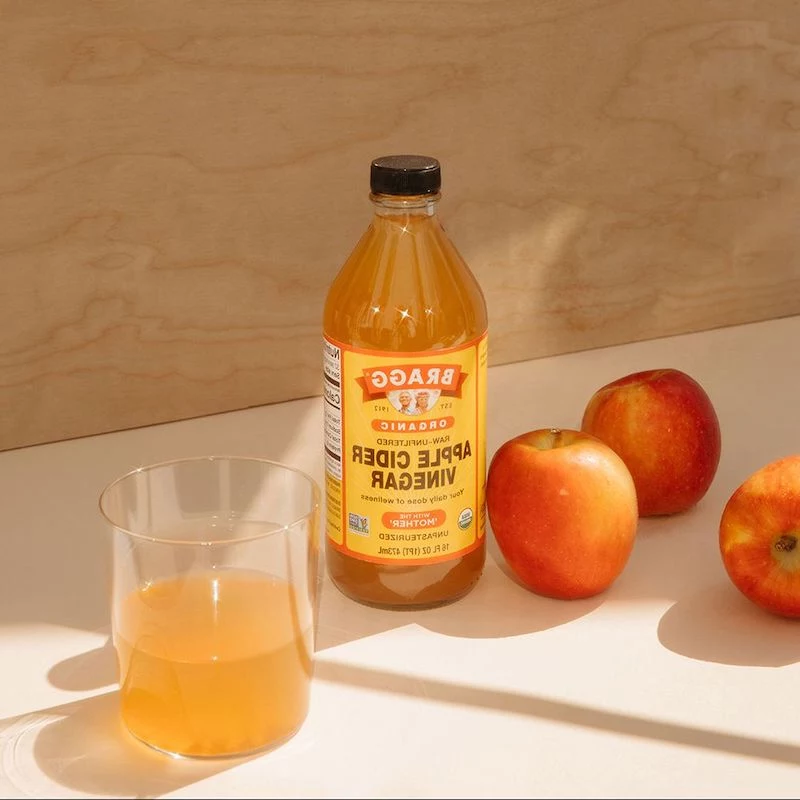
To be frank, I advise extreme caution here. In my experience, the vast majority of people have a problem with acid being in the wrong place, not a lack of it. For them, adding more acid is like pouring gasoline on a fire. If you’re determined to try it, be incredibly careful. Dilute no more than one teaspoon in a full glass of water and take it right before a meal. If you feel even slightly worse, stop immediately. It’s not a remedy I recommend because the risk is just too high for most folks.
When Home Remedies Aren’t Cutting It
Chronic heartburn is more than just annoying. Over time, that acid can cause real damage. If you’re experiencing symptoms more than twice a week, or if these lifestyle changes aren’t enough, it’s time to consider over-the-counter (OTC) options and chat with a professional.
Your Guide to the Pharmacy Aisle
There are three main types of OTC meds, and they all work differently. It’s helpful to know which is which.
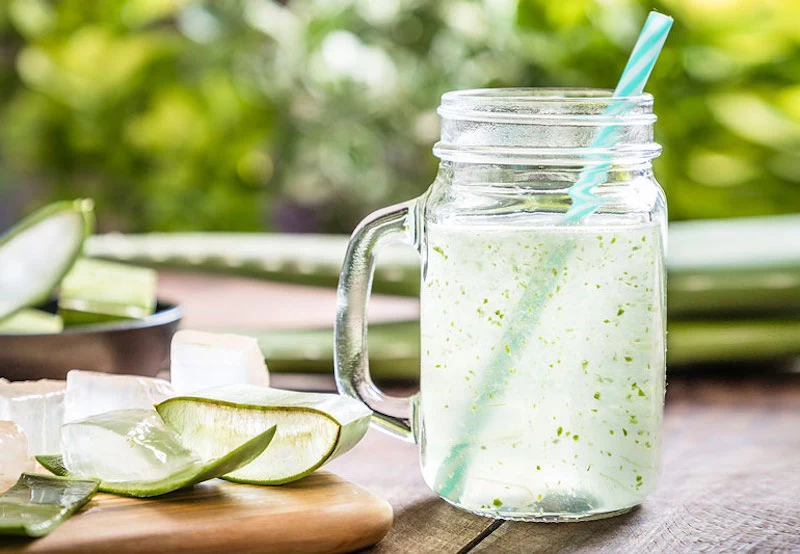
- Antacids (like Tums or Rolaids): These are for immediate relief. They work by neutralizing the acid that’s already in your stomach. They’re fast, but they don’t last long. Best for that one-off, you-know-you-shouldn’t-have-eaten-that moment.
- H2 Blockers (like Pepcid): These are preventers. They work by telling your stomach to produce less acid in the first place. They take about an hour to kick in but provide relief for up to 12 hours. They’re great if you can predict an attack, like before a big, rich dinner.
- Proton Pump Inhibitors (PPIs) (like Prilosec): These are the heavy hitters. They block the acid-producing pumps in your stomach lining, drastically reducing acid production. They aren’t for immediate relief—it can take a day or two to feel the full effect. OTC versions are meant for a 14-day course to treat frequent heartburn.
A quick but important tip: Long-term use of PPIs really should be supervised by a doctor. While they’re effective, there are potential long-term side effects, and they can affect how your body absorbs certain nutrients. Don’t use them for longer than the box says without getting medical advice.
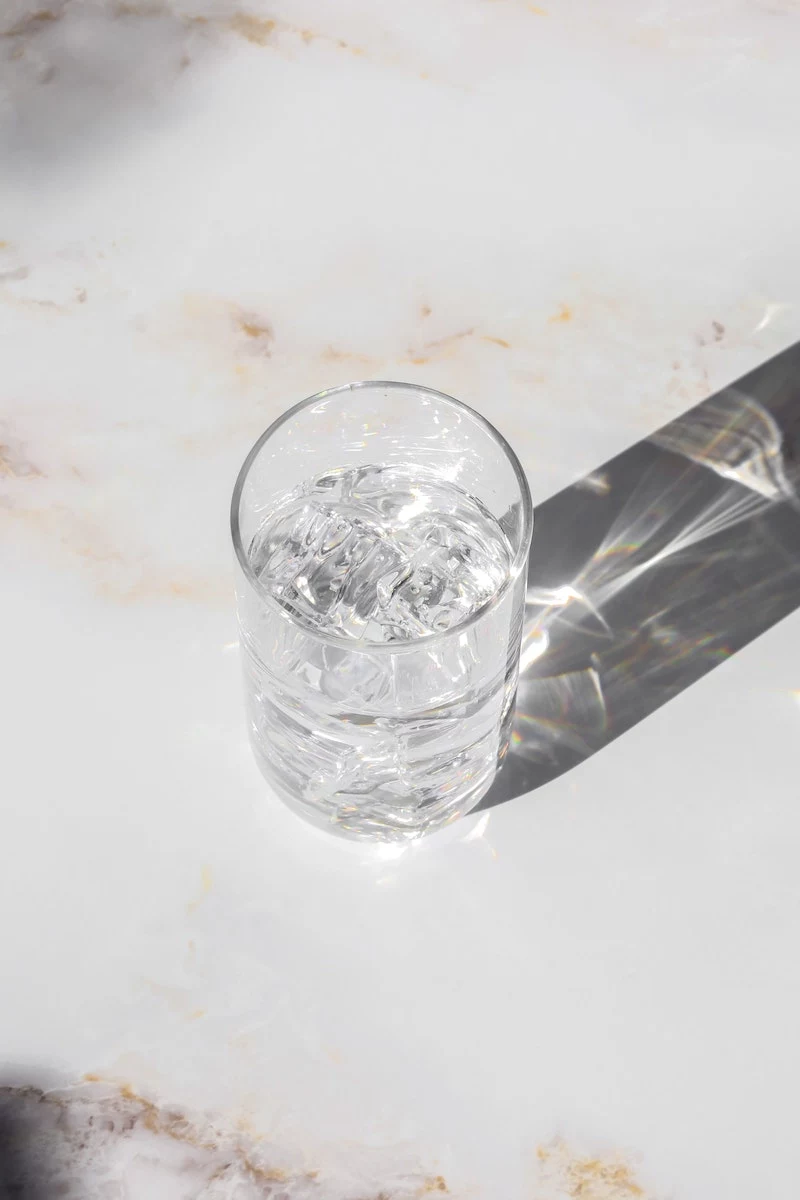
When It’s Time to Call the Doctor
Self-treating is fine for occasional, mild symptoms. But you absolutely need to see a doctor if you experience any of the following:
- Your heartburn is happening more than twice a week.
- OTC medications aren’t helping, or you need them for longer than directed.
- You have difficulty or pain when swallowing.
- You have persistent nausea or vomiting.
- You’ve lost weight without trying because eating is painful.
- Your stool is black or contains blood.
These can be signs of a more serious issue that needs professional attention. Don’t ignore them. Taking control of your heartburn is a marathon, not a sprint, but with the right strategy, you can absolutely win.
Inspirational Gallery
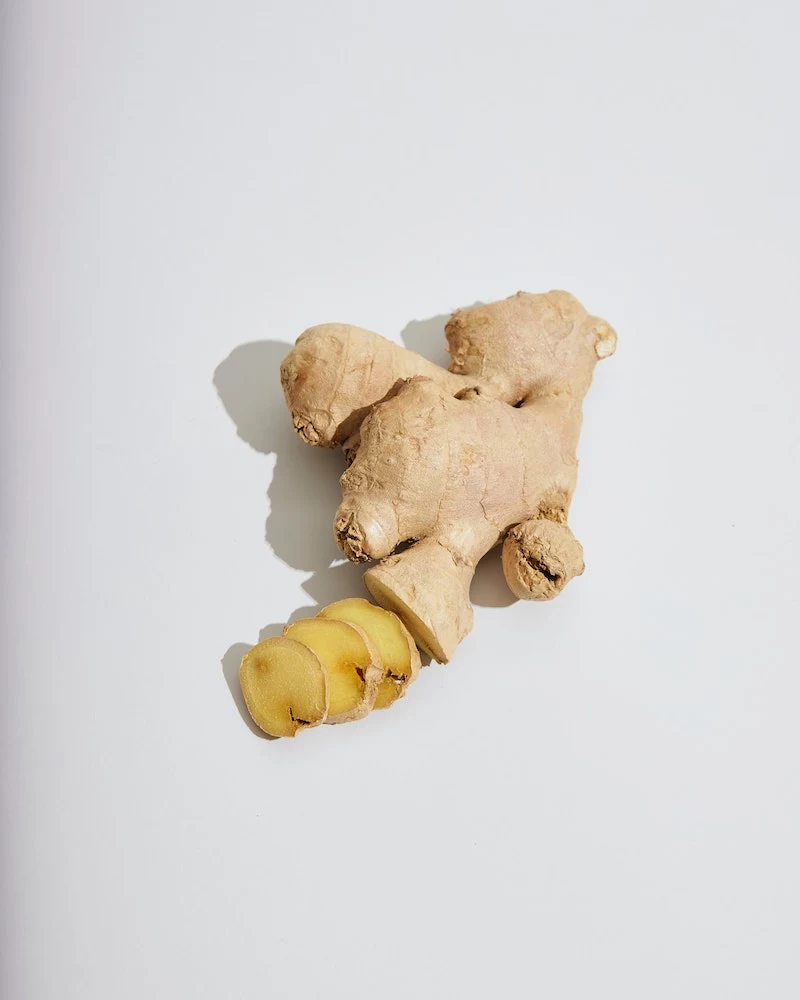

Antacid vs. Acid Reducer: What’s in your cabinet?
Antacids (like Tums or Rolaids): These are your first responders. They work instantly by neutralizing stomach acid on contact, offering fast but short-lived relief. Perfect for an unexpected flare-up after a specific meal.
H2 Blockers (like Pepcid AC or Zantac 360): These are the planners. Taken 30-60 minutes before a meal, they don’t neutralize existing acid but reduce how much your stomach produces. They offer longer-lasting protection, not immediate rescue.
Think of it as firefighting vs. fire prevention.

Did you know that after a meal, it can take your stomach 2 to 4 hours to fully empty its contents?
This is precisely why that late-night snack often comes back to haunt you. Lying down with a full stomach removes gravity from the equation, making it incredibly easy for acid and food to flow back into the esophagus. The golden rule for avoiding nighttime heartburn: finish your last meal at least three hours before heading to bed. This gives your digestive system a crucial head start.
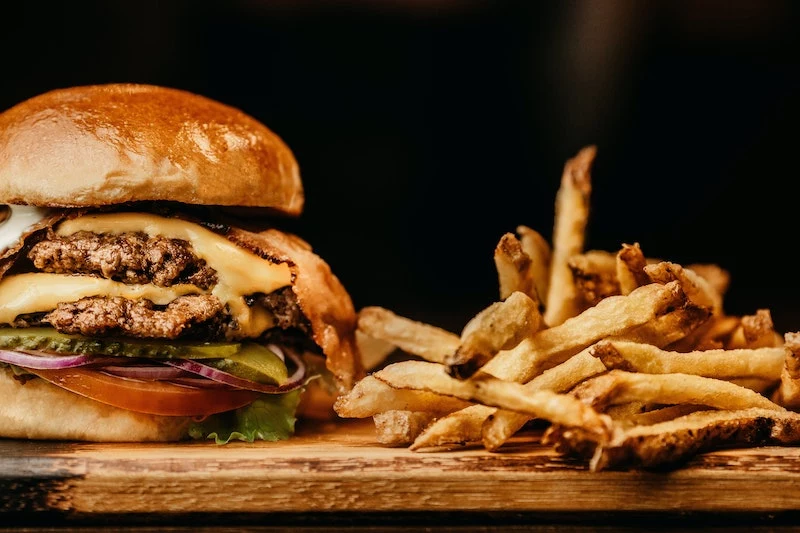
When is it more than just heartburn?
Occasional heartburn is common, but if you’re reaching for relief more than twice a week, or if your symptoms are severe and interfere with your daily life, it’s time to check in with a doctor. Chronic acid reflux, known as gastroesophageal reflux disease (GERD), can lead to more serious complications over time. Don’t just mask the symptoms; a professional can help you find the root cause and a sustainable management plan.

- Calms an irritated esophagus
- Boosts saliva production to neutralize acid
- Acts as a natural anti-inflammatory
The secret? A simple, warm cup of ginger tea. Forget sugary sodas or acidic juices. Gently simmering a few slices of fresh ginger root in hot water for 10 minutes creates a soothing beverage that can help settle your stomach and ease that fiery sensation without the side effects of some medications.
Crafting a ‘safe’ meal doesn’t have to be bland. A morning smoothie can be your best friend. Blend a ripe banana (low in acid), a handful of spinach (you won’t taste it!), a scoop of plain, unsweetened almond yogurt, a tablespoon of ground oats to add substance, and a splash of unsweetened almond milk. It’s a nutrient-packed, low-acid start to your day that keeps your stomach happy.










